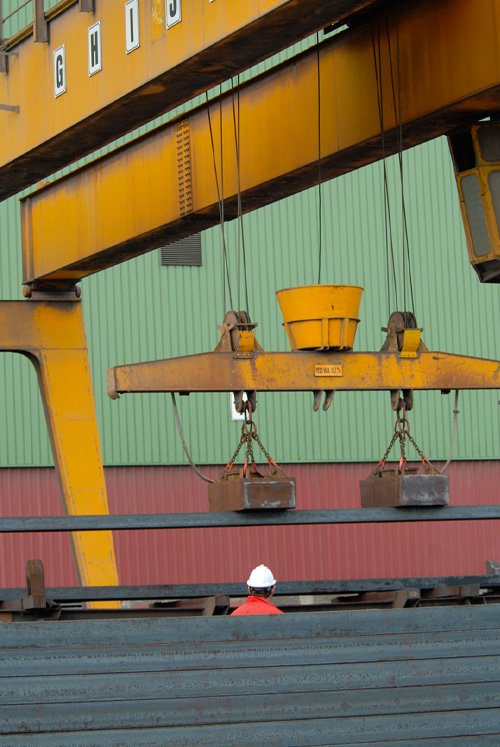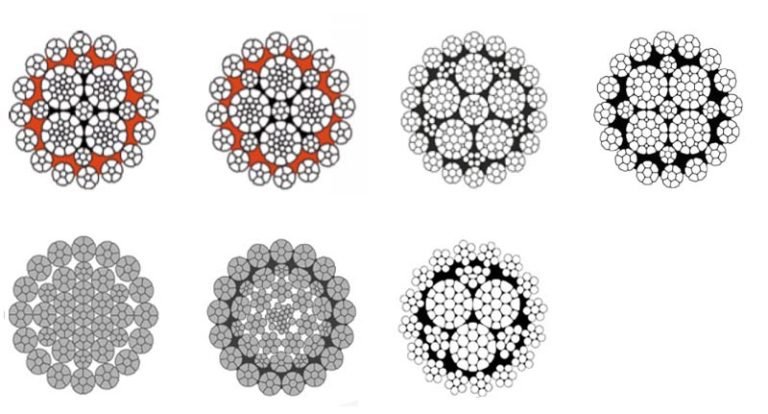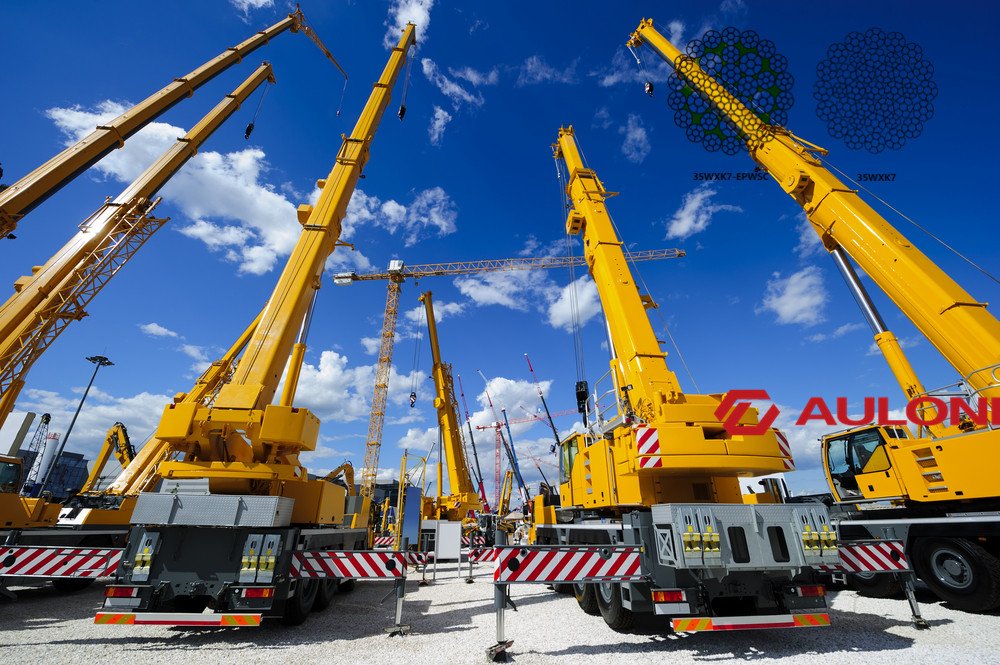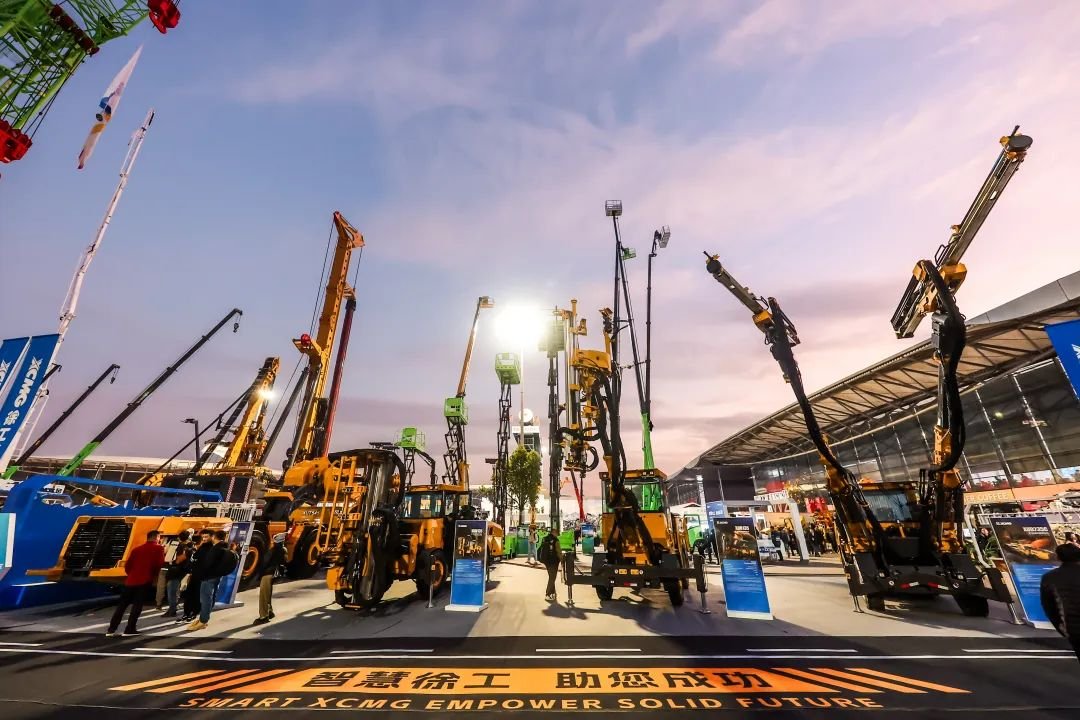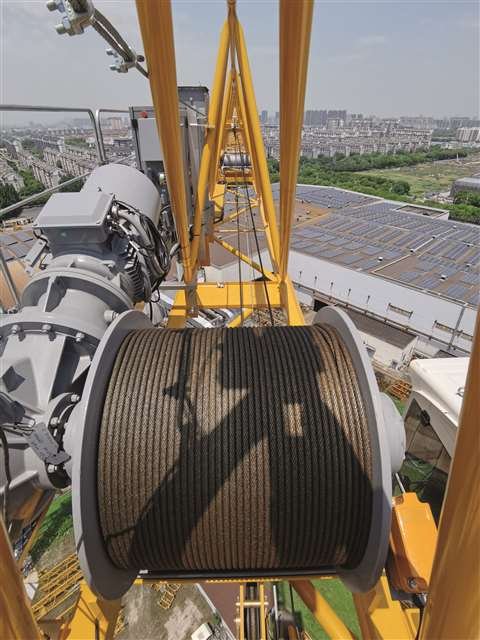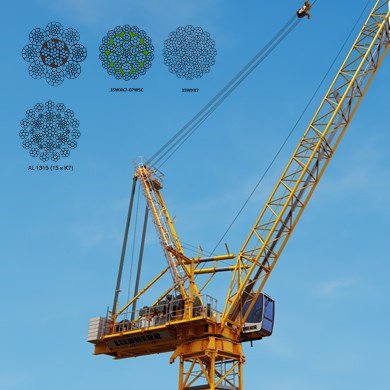Are you struggling to find the perfect wire rope clip? Many people face this challenge, often leading to costly mistakes and unsafe applications. It’s a common problem that affects the reliability of your lifting and rigging operations.
Choosing the right wire rope clip ensures secure connections and prevents premature failure. This saves you money and protects your equipment and personnel from potential hazards.
Let me share my experience. I once faced a similar dilemma, trying to balance cost, quality, and safety. The choices seemed endless, and the consequences of a wrong decision felt significant. But I learned how to navigate this, and I want to help you do the same.
What Factors Should I Consider for Wire Rope Clip Selection?
Understanding the critical factors is key to making informed decisions. It’s not just about picking any clip; it’s about finding the one that best suits your specific needs.
When selecting a wire rope clip, consider the rope’s diameter, material, and intended load. Also, think about the environmental conditions and required safety certifications. This ensures optimal performance and longevity.
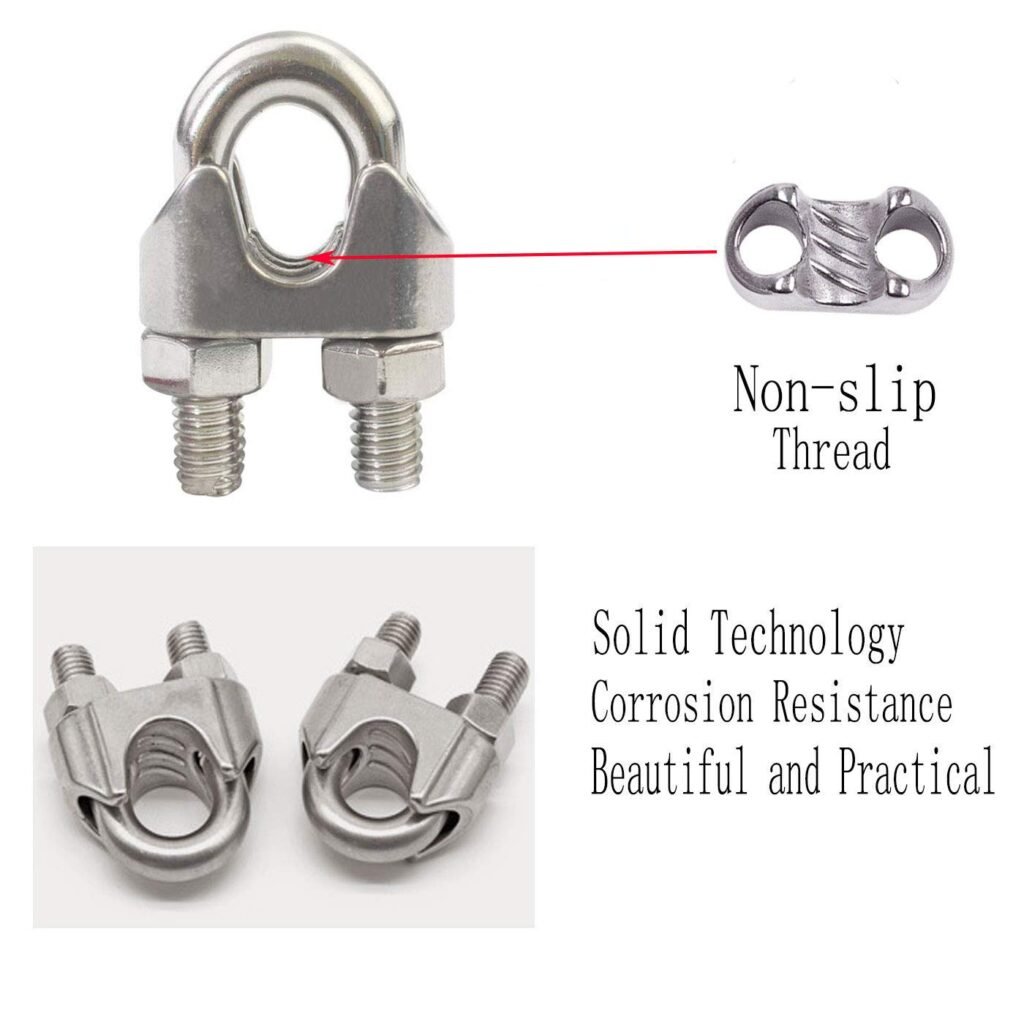
Understanding Wire Rope Specifications
Rope Diameter: The clip’s size must match the wire rope’s diameter precisely. Using an incorrect size can lead to slippage or damage to the rope.
Rope Construction: Different wire rope constructions (e.g., 6×19, 6×37) have varying flexibility and strength. The clip should accommodate the rope’s structure.
Rope Material: The material of the wire rope (e.g., galvanized, stainless steel) influences its resistance to corrosion and strength. The clip should be compatible.
Common Types of Wire Rope Clips
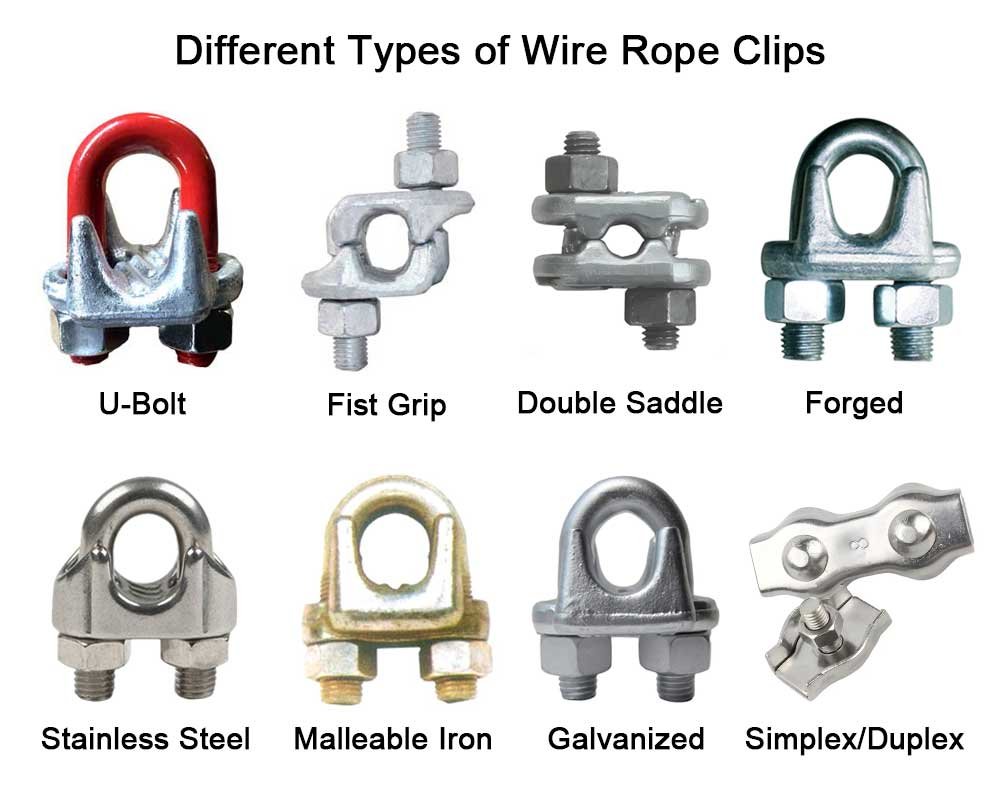
There are several types of wire rope clips, each with its own advantages:
- U-Bolt Clips: These are the most common and cost-effective. They consist of a U-shaped bolt, a grooved saddle, and two nuts. They are easy to install.
- Fist Grip Clips: These clips use internal cams to grip the rope, offering a smoother surface than U-bolt clips. They are often preferred for critical applications where rope damage is a concern.
- Wedge Socket Assemblies: These are often used in heavy-duty applications like cranes. They consist of several parts that wedge the rope securely.
Load Capacity and Safety Standards
Working Load Limit (WLL): Every clip has a WLL, which is the maximum load it can safely handle. Always ensure the clip’s WLL exceeds the expected load by a safe margin.
Industry Standards and Certifications: Look for clips that comply with recognized standards like EN12385-4. Certifications such as BV, CE, RMRS, DNV, or ABS indicate that the product has met stringent quality and safety requirements. This is crucial, especially for industries with strict regulations.
Environmental Considerations
Corrosion Resistance: If your operations involve salty air, moisture, or chemicals, choose clips made from corrosion-resistant materials like stainless steel or galvanized steel. Plastic impregnation can also offer additional protection.
Temperature: Extreme temperatures can affect the performance of both the rope and the clip. Ensure your chosen clip is rated for the operating temperature range.
What is the Correct Way to Install a Wire Rope Clip?
Proper installation is as crucial as selecting the right clip. Incorrect installation can significantly reduce the clip’s effectiveness and lead to failure. It’s a detail that many overlook, but it makes a world of difference.
Correct installation involves tightening the nuts to the specified torque and ensuring the correct number and spacing of clips. This maximizes the connection’s strength and safety.
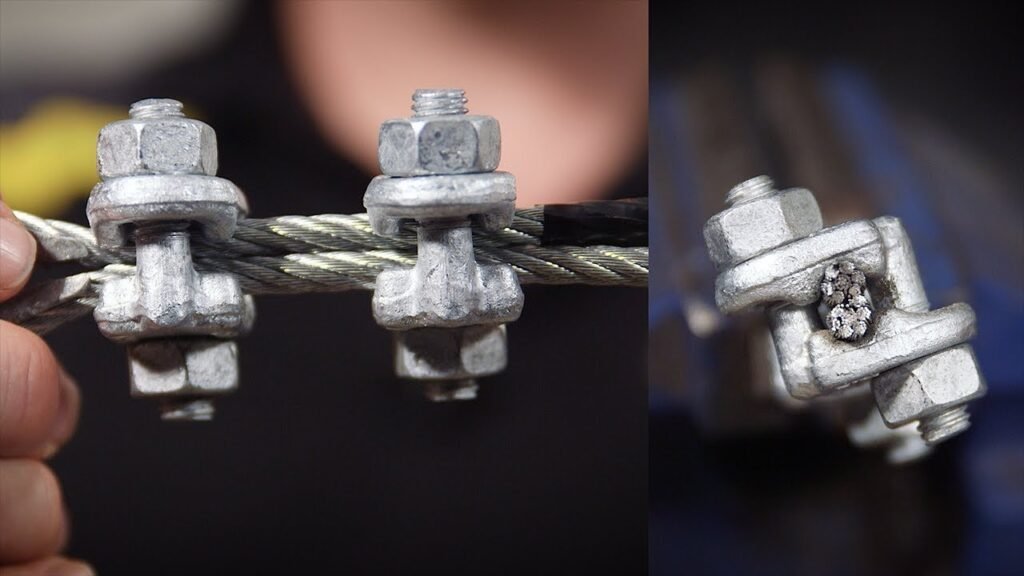
The “Never Saddle a Dead Horse” Rule
This is a fundamental principle for U-bolt clips. The U-bolt must always be placed over the live end (the end of the rope that carries the load) and the saddle over the dead end (the unused end of the rope). Incorrect placement can cause the clip to slip or damage the rope.
Proper Number and Spacing of Clips
The number of clips needed depends on the rope diameter. Manufacturers provide guidelines for the minimum number of clips required for a specific rope size. Proper spacing between clips is also critical for distributing the load evenly.
| Rope Diameter (in) | Minimum Number of Clips | Minimum Spacing (in) |
|---|---|---|
| 1/4 – 3/8 | 3 | 4-6 |
| 1/2 – 9/16 | 3 | 6 |
| 5/8 – 3/4 | 3 | 6 |
| 7/8 – 1 | 4 | 6-8 |
| 1 1/8 – 1 1/4 | 4 | 8 |
Torque Specifications
Tightening the nuts to the correct torque is essential. Over-tightening can crush the rope, while under-tightening can allow the clip to loosen under load. Always refer to the manufacturer’s specifications for the correct torque values. Many prefer to re-tighten after the initial load is applied.
Regular Inspection and Maintenance
Wire rope clips should be regularly inspected for wear, damage, and proper tightness. Any signs of deformation, corrosion, or loose nuts should be addressed immediately. Keeping a log of inspections and maintenance can help track the condition of your rigging components.
Are There Any Special Considerations for Specialized Assemblies?
When you move beyond standard applications, things can get more complex. For specialized assemblies, like those used in cranes or elevators, standard practices might need adjustment. This is where my factory’s capabilities shine, offering custom solutions.
For specialized assemblies, consider the dynamic loads, specific operating environments, and integration with other equipment. Customization and compliance with industry-specific standards are paramount.
Integrating with Lifting Equipment
When using wire rope assemblies with cranes, for example, the clips are part of a larger system. The interaction between the clip, the rope, and the crane’s lifting mechanism must be understood. This includes how the clip affects the rope’s bending radius and overall flexibility.
Customization and Logo Options
For a branded touch or specific project requirements, customizable logos can be applied to wire rope clips. This is often a requirement for large corporations or projects where branding and clear identification are important.
Material Strength and Durability
In demanding applications like mining or offshore operations, the strength and durability of the clip and rope are critical. Materials like stainless steel and specialized galvanizing processes offer enhanced protection against harsh conditions. Plastic impregnation can also add a layer of durability and protection against environmental factors.
Conclusion
Selecting and installing wire rope clips correctly ensures safety and reliability. Always prioritize quality components and follow best practices for secure and efficient operations.

